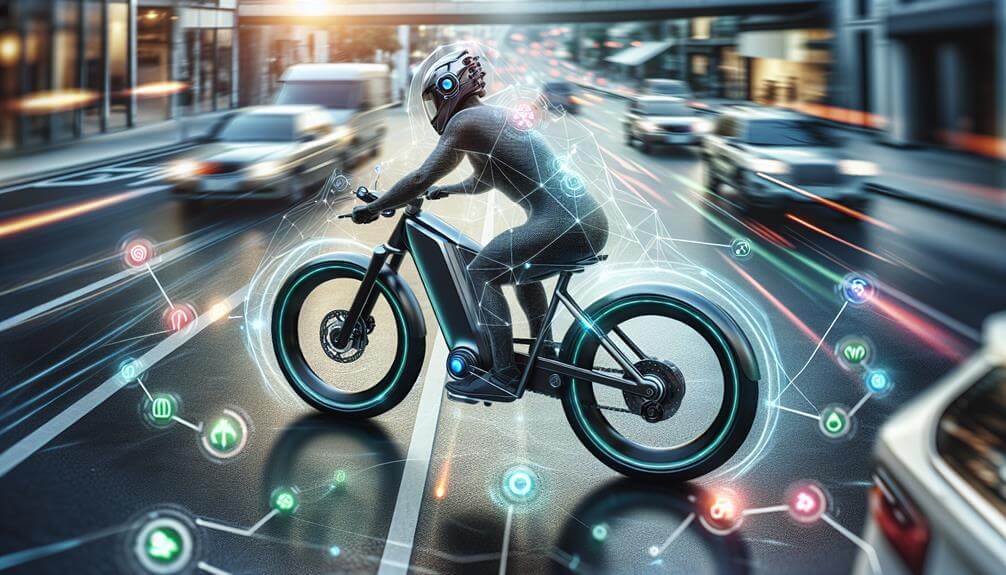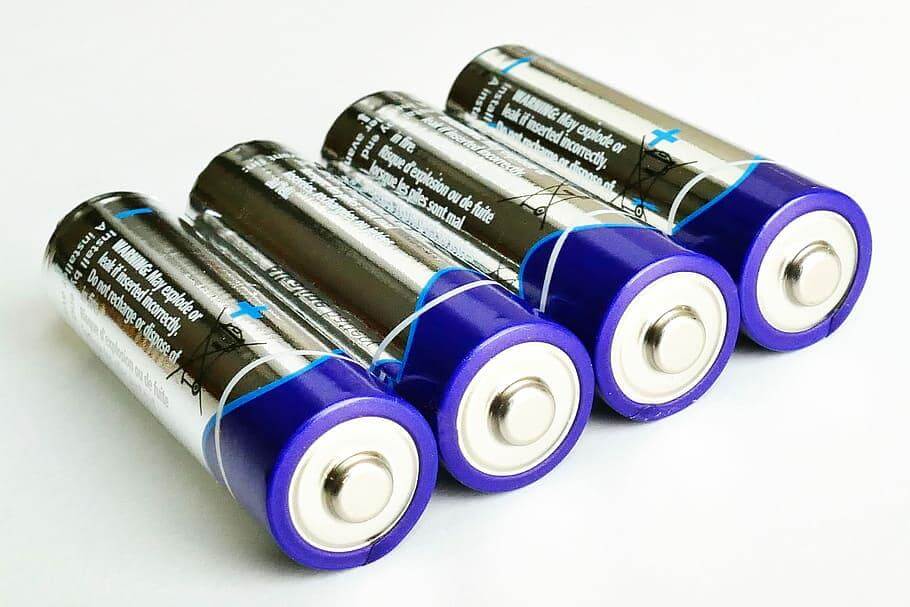The future of electric bikes is rapidly growing with improvements in battery technology, e-bike frame designs, and sustainable commuting options. Moreover, e-bikes already offer extended distances, more comfortable journeys, and integrated functionalities for commuters.
But what happens afterward? In the future, e-bikes will become more advanced, lighter, and stronger, featuring innovations for enhanced safety, comfort, and enjoyment. So whether you’re a daily commuter or a bike enthusiast, there’s a next-gen electric bike designed to fit your lifestyle.
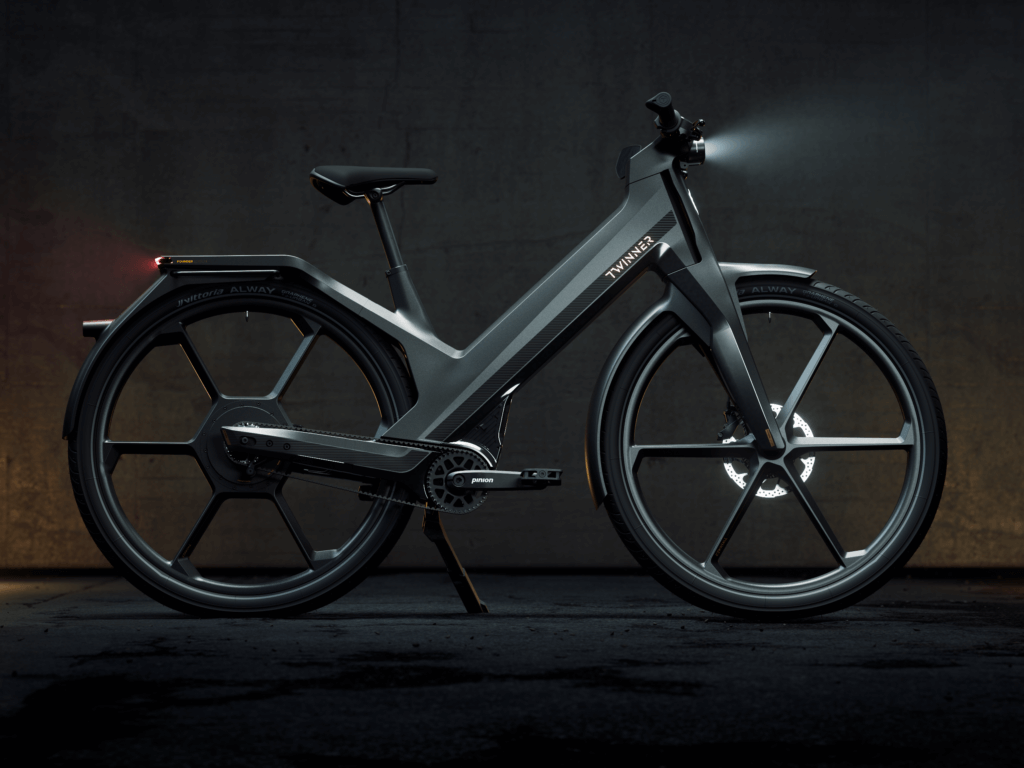
Additionally, future e-bike models will be more exciting, featuring innovative features like an integrated GPS and enhanced safety features.
We’ve put this together to inform you about what to expect from the technological advancements in the future of e-bikes.
What to Expect from the Future of E-bike Technology
The rapid advancement in technology and innovative design of electric bikes makes them more dynamic than ever. Additionally, these improvements still make them a better commuting option, as they are cost-effective, eco-conscious, and enjoyable for rides.
Long Range Battery Evolution
A well-functioning e-bike battery is known to boost its efficiency, performance, and range for commuting. However, riders want a more extended battery range and fast charging time for their batteries, and the future technology of e-bikes is promising.
Furthermore, improved power densities in new battery chemistries allow for comparable battery capacities in e-bikes to come. However, they will be a lot lighter and have a far higher power density battery, which is fantastic for riders.

Some future e-bike models are also expected to push beyond 150 miles per charge. And solar‑powered e‑bike technology, such as solar panels on frames or cargo racks, will emerge as an alternative power source for eco-conscious riders.
Since safety is a focus, manufacturers are adding sophisticated thermal-management and even fireproof casing, preventing the risk of battery fires. Manufacturers are also exploring solid-state cells while investing heavily in lithium batteries for faster charging, extended life, and energy density.
Adaptive Motor Control Systems
Motor control systems of e-bikes are developing significantly; they are getting lighter, stronger, and quieter, which improves comfort and performance. By modifying power in response to pedaling effort, the improved torque sensors will guarantee a more responsive experience while riding.
Additionally, noise reduction technologies will make e-bikes more appealing to urban riders, improving their riding experience. To manage a variety of terrains and increase the riding range of e-bikes, manufacturers will concentrate on improving the motor control system.
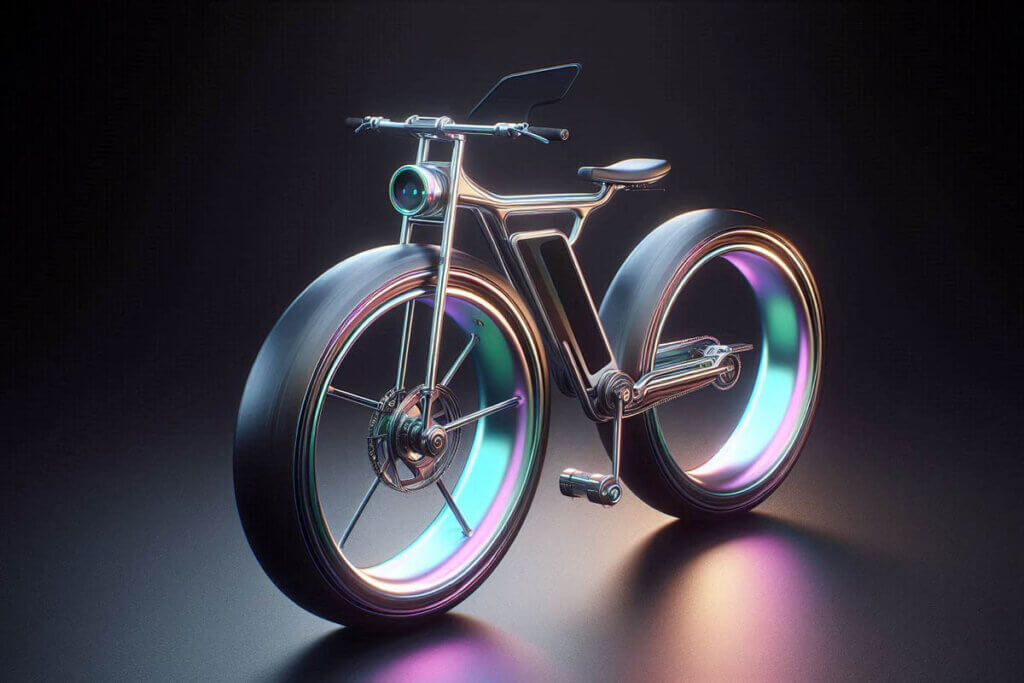
Lightweight Materials for Electric Bikes
Lightweight materials like magnesium, aluminum alloys, and carbon fiber are being used in the construction of e-bikes to increase e-bike efficiency and portability. These upgrades lighten e-bikes without sacrificing their robustness or longevity. Riders benefit from improved battery performance, simpler handling, and more comfort throughout commuting.
Moreover, lighter e-bikes are easier to carry and store, making them an ideal commuting option for urban riders. In the future, innovations in e-bike materials will bring even stronger, lighter frames for more enjoyable travel and leisure rides.
Regenerative braking systems
The regenerative braking systems are fast becoming a game-changer in e-bike technology. This advancement enables e-bikes to convert braking energy into stored electricity, thereby helping to recharge the battery and improve overall efficiency. Plus, when a rider slows down or goes downhill, the motor operates in reverse, generating electricity while increasing battery range.
While regenerative braking doesn’t fully recharge the battery, it provides a boost, especially during frequent stops on your rides.
Furthermore, it prolongs the life of the brakes and lowers maintenance expenses by reducing wear on the mechanical braking components. Though more common in electric cars, integrating this system into e-bikes requires advanced motor controllers and sensors, which are becoming more accessible thanks to ongoing tech development. Also, regenerative braking adds value by enhancing energy efficiency, sustainability, and performance, making future e-bike models more innovative and more eco-conscious.
Integrated GPS for Electric Bikes
E-bikes are becoming smarter and safer through advanced integrations of smart features, including GPS tracking, anti-theft systems, and connectivity. These features not only enhance the riding experience but also give peace of mind to riders. Also, riders can easily plan routes, track distance, and monitor real-time location directly from their handlebars or smartphone with the built-in GPS.
Moreover, GPS tracking is essential to the security of e-bikes.. Therefore, in the event of theft, riders can quickly locate their e-bike, which increases the recovery rate.
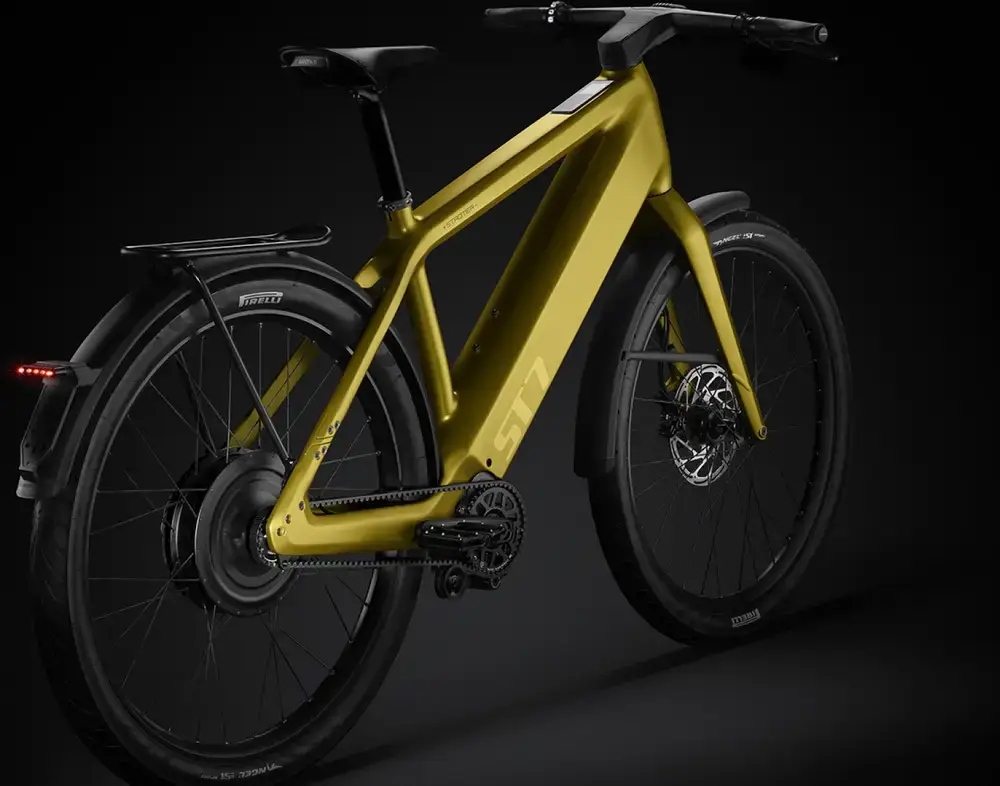
As electric bike technology advances, GPS systems will become more precise and energy-efficient. Long-distance cyclists and commuters who rely on navigation will benefit from smooth connectivity and peace of mind thanks to these improvements.
AI-Powered Electric Bike
As e-bike technology evolves, the use of AI is finally making its way into e-bike integrations. AI-powered electric bikes analyze real-time user weight and terrain, using machine learning to optimize battery life, maintenance, and performance.
Growth in E-bike Infrastructure
Many cities are investing in better infrastructure, such as dedicated lanes, smart urban planning, and charging stations. These upgrades will promote safe commuting and encourage sustainable travel. Integration of public transport will increase accessibility and make e-bikes an essential component of future mobility systems
Conclusion
Electric bike technology keeps advancing, and this is driven by innovations that prioritize sustainability and the comfort of riders. With an upgrade in the motor control systems, battery ranges, and designs, there are e-bikes for every rider’s lifestyle. They are becoming a widely accepted or adopted means for commuting, fitness, and fun.
The next generation of e-bikes will offer greater convenience, safety, and performance for every type of rider. Moreover, with lighter materials that improve connectivity, e-bikes will keep evolving as a sustainable and eco-friendly mobility solution.
Whether you’re riding off-road or just heading to work, the future promises an electric bike built just for you.
It is safe to say the future of electric bikes is not just technological, but it is also intelligent, connected, innovative, and exciting.
Here’s to a smoother, smarter, and safer ride future powered by innovation. Keep pedaling forward; the road ahead is electric.

